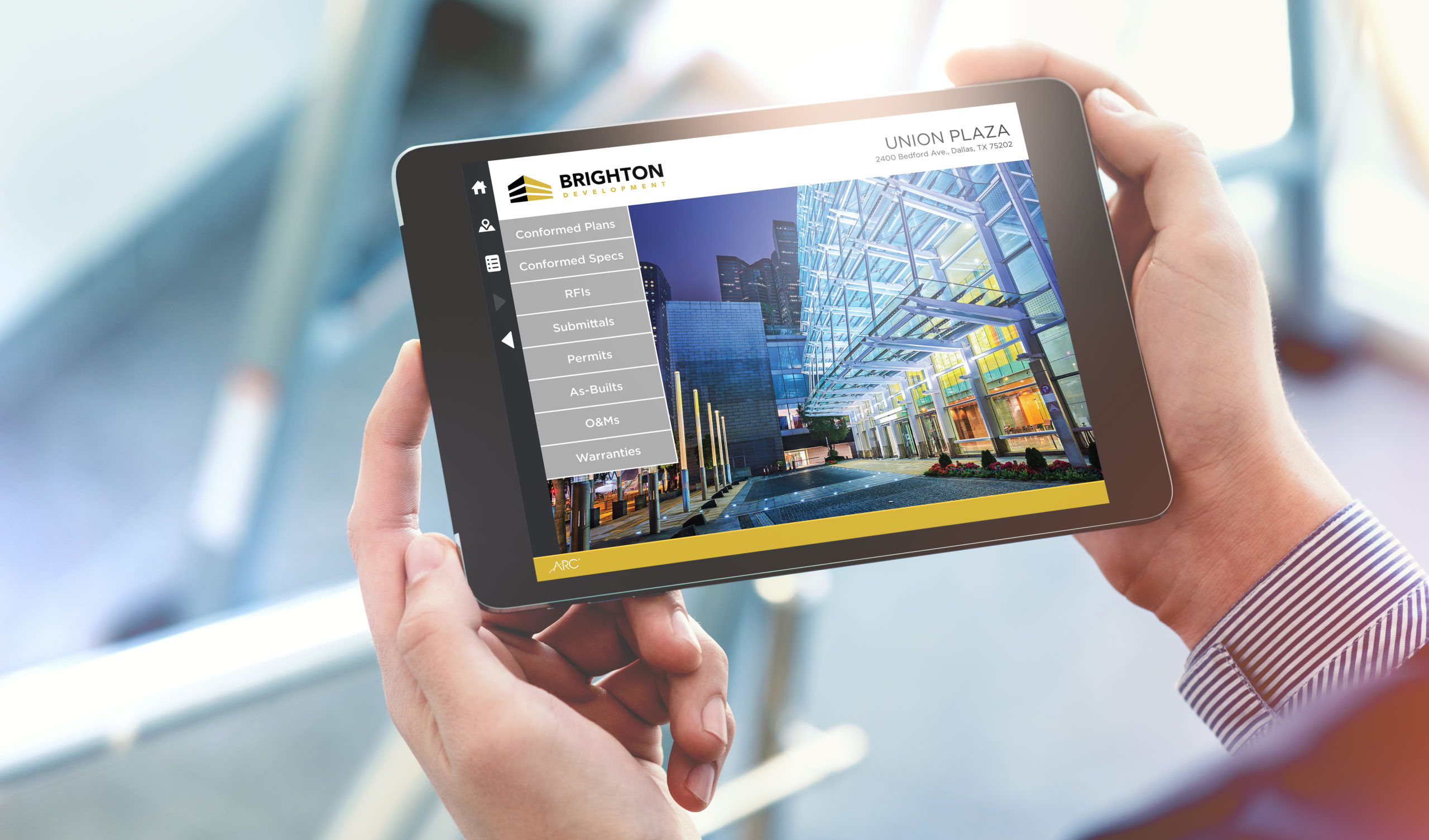In a webcast presented by ARC and the CMAA, Nick Miller, ARC’s National Director of Professional Services and Customer Success, presented a polling question to the audience:
“Do you currently have challenges with closeouts?”
Four percent said no; their approach is rock solid. But 46 percent said they struggled with closeouts on every single project and 50 percent said they struggled sometimes.
Yet closeouts, at least as a concept, are familiar to just about everyone in the AEC industry. So why the difficulty?
In addition to the answer to that question, Nick Miller and David Trask, National Director of Facilities Solutions, laid out the following in this webcast:
- Why closeouts go sideways
- The downsides of inefficient closeouts for all stakeholders
- How to diagnose whether closeouts are helping or hurting your team
- How to fix the broken closeout process.
You can see this webcast on-demand by clicking here. Or you can keep reading for a full, free recap.
The Problem With Closeouts: 6 Reasons They Go Sideways
As Nick Miller pointed out, the way closeout packages are delivered today creates an overwhelming administrative burden for the general contractor. During their work with construction firms of all types, Miller and Trask identified 6 reasons closeouts go sideways:
- 90% of closeouts are still delivered in paper form.
- Information from subcontractors is difficult to gather and organize.
- Content exists in multiple locations and formats.
- The names and types of files are not consistent.
- Documents get lost.
- Incomplete packages are provided.
Miller also explained that, while the biggest issue is that most closeouts are still delivered in paper form, even those delivered digitally are difficult to manage.
To make matters worse, the administrative burden associated with collecting, scanning, organizing, and normalizing closeout information comes at a time in the project when the GC is generally reallocating their administrative staff onto new projects.
The Downsides of Inefficient Closeouts
David Trask made a point to emphasize how inefficient closeouts cause problems for many stakeholders including building owners, general contractors, architects, and facilities teams. Moreover, Trask made it clear that this is hurting all types of construction projects, whether it’s a renovation or new construction.
To illustrate that point, Trask and Miller outlined a couple of real-world scenarios, which we’ll recap here.
Real-World Scenario: New Construction Closeout
Fast-track and multi-phase projects create a complex document management process that requires incredible diligence that lasts throughout the entire building lifecycle.
Project managers begin managing the closeout process from the start of the project. Submittal registries are not batched in packages which means the number of individual submittals is very large. As a result, the closeout is still in process as the owner is prepping the building for occupancy which means the owner doesn’t have the documentation necessary to start that preparation process.
The financial implications for the GC at this point are significant because they must commit to hundreds of hours of administrative work that delays their timeline for getting paid and completing the project.
Real-World Scenarios: Renovation Closeout
Older buildings undergo changes every year, large and small, which creates a new set of drawings for the section of the building that was renovated. These get tossed in with the other drawings related to previous renovations and the original drawings for the building.
When a new renovation begins, facilities teams are forced to make their best guess as to which drawings apply to different parts of the building. They then send those drawings to the architect of the new renovation project but as soon as work starts, problems arise because the drawings didn’t accurately reflect the conditions of the building.
The financial impact here manifests in the form of change orders. Or as Trask put it, “thousands and thousands of dollars in repair and rework because the project team didn’t have accurate information.”
Improving the Closeout Process
Having laid out the multi-faceted issues that exist in most closeouts, Trask and Miller set out to create a path that you can follow to improve the closeout process. Before anything else, they suggested asking five questions to, as Miller said, “put your current situation into perspective.”
The questions were as follows:
- What is written into your specifications as your deliverable?
- How do you store your closeout documents?
- Can you quickly locate information in the closeout packages you deliver to the owner?
- Do you know when warranties are going to expire on buildings you previously built?
- Do you have a closeout standard that you require your subcontractors to meet?
Miller explained that the answers, or lack thereof, to these questions will reveal red flags and potential solutions to closeout processes.
Shifting the Mindset
Once those questions are answered, you can begin to do what Trask calls, “Shifting the mindset.” He explains that this shift isn’t just about general contractors because it’s also on owners and other project stakeholders to “see the end goal and keep that in mind when the process starts.”
Of course, that shift in mindset won’t just happen on its own so Trask and Miller presented three ways to facilitate the shift and make the closeout handoff faster:
- Everyone needs to collaborate and be on the same page.
- Promote the benefits, both short and long-term, of a streamlined closeout process to all project stakeholders.
- Implement an effective solution that benefits the owner and the general contractor.
The presenters detailed tactics for promoting the benefits of closeouts to general contractors, owners, facilities teams, and everyone else on the project team. For example, for general contractors, streamlined closeouts mean the GC gets paid faster and is able to provide more value to the building owner which helps strengthen the professional relationship and the GC’s reputation.
Offer the Building Owner a Digital Handoff 
Nick Miller then showed audience members what a closeout handoff should look like. He presented ARC’s dashboard, a fully digital, cloud-based, mobile-friendly solution that enables owners, property managers, and facility teams to access building information immediately.
Trask then took over to explain how ARC’s dashboard is easy to use, helps improve collaboration, works for all stakeholders, and facilitates the tactics needed to shift the project team’s mindset toward a more streamlined closeout process.
Before finishing the webcast by answering questions, Miller explained how ARC Services will help project teams take all project information and integrate it into the dashboard, providing real-time connectivity to completed items and removing the administrative burden from the field team.
But, as Miller pointed out, you can’t get the full scope of how ARC’s dashboard and professional services work without seeing it for yourself. For that, you can schedule a demo today.
Related:
The 7 Hot Products Saving Time and Money on Jobsites Everywhere
Tech Tools and Tips: Improve Performance throughout the Construction Project Lifecycle
6 Productivity Issues (New and Old) the Construction Industry Faces




